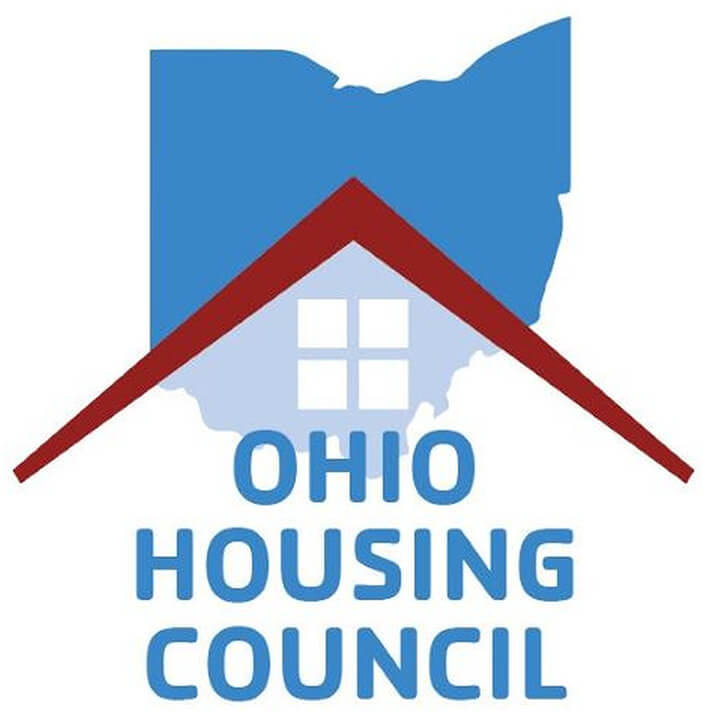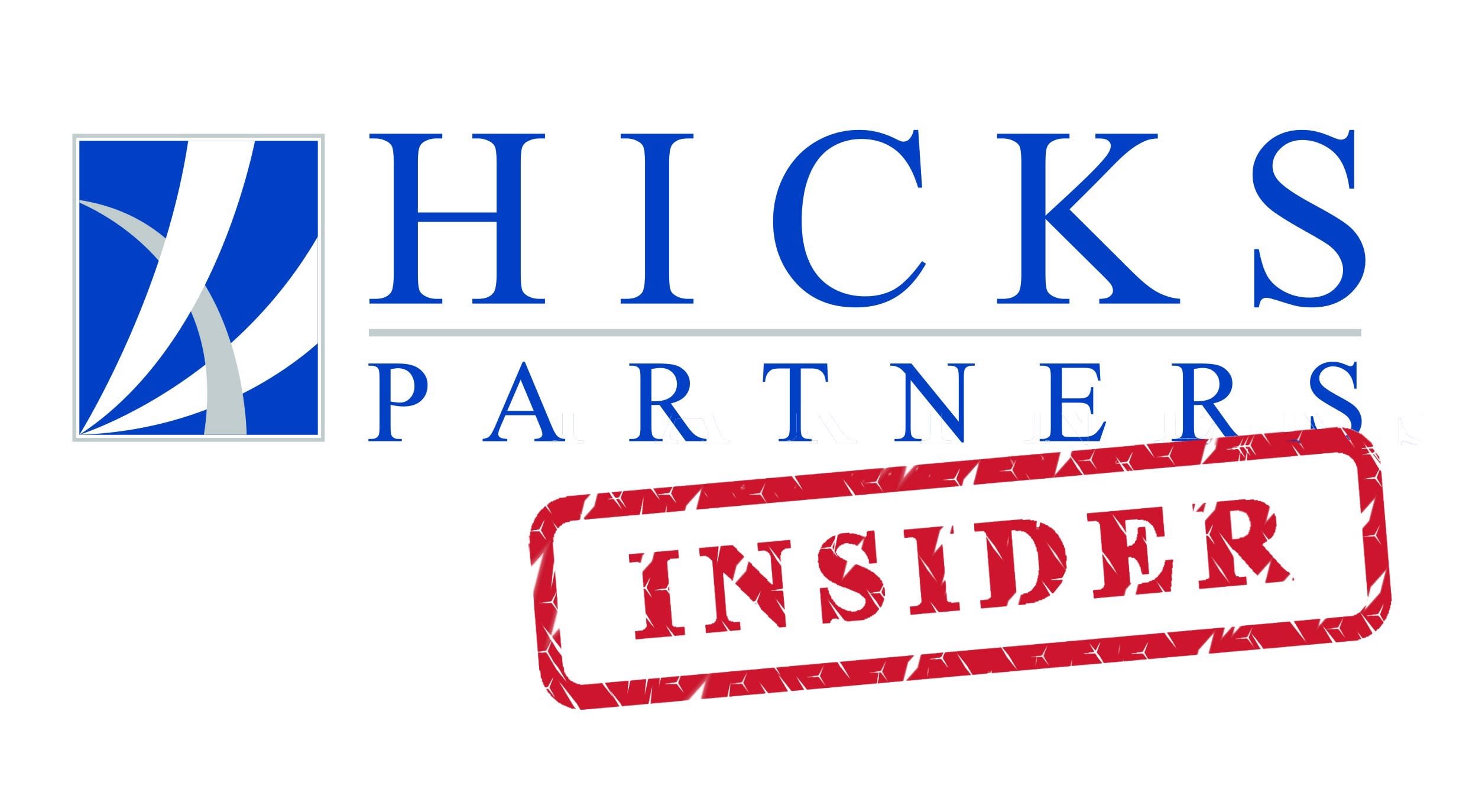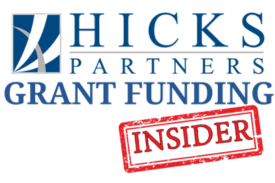Ohio Deploys AI Chatbot for Public Safety Reporting |
|
|---|
|
The Ohio Department of Public Safety has launched Safeguard Ohio, an AI-powered assistant that streamlines how residents submit information to public safety agencies. The platform supports multiple languages, media uploads, and QR code session saves—tripling usage since its debut. Ohio’s move reflects a broader government trend toward AI adoption: - The U.S. Department of Education’s Aidan handled 12.7M financial aid inquiries, easing call center strain.
- Cambridge, UK’s CitizenLab Assistant cut feedback analysis time by 50%.
- The CDC used chatbots for pandemic updates and self-screening.
These tools augment staff by automating routine requests, extending service hours, and freeing personnel for complex tasks—while improving citizen access. The initiative aligns with the DeWine Administration’s broader modernization agenda, including InnovateOhio and the award-winning DataOhio Portal. |
|
|---|
|
 Conversational AI can transform public engagement by enabling multilingual, 24/7 support, streamlining inquiries, and expanding outreach. For underserved communities, chatbots reduce barriers to accessing government services and amplify citizen voice. At Hicks Partners, we’ve deployed subject-specific, trained AI assistants you can access and query anytime, our newest AI is on our Energy & AI Infrastructure page . Conversational AI can transform public engagement by enabling multilingual, 24/7 support, streamlining inquiries, and expanding outreach. For underserved communities, chatbots reduce barriers to accessing government services and amplify citizen voice. At Hicks Partners, we’ve deployed subject-specific, trained AI assistants you can access and query anytime, our newest AI is on our Energy & AI Infrastructure page . |
|
|---|
|
| Ohio’s Nuclear Industry Powers Up |
|
|---|
|
 |
Centrus Energy will invest $1.6 billion to expand uranium enrichment at the former Portsmouth Gaseous Diffusion Plant in Piketon, Ohio, creating nearly 300 new permanent jobs and 1,000 construction positions. The project marks the largest private investment in Ohio’s nuclear sector since the Cold War and positions the state as a potential hub for the nation’s emerging nuclear industry. The expansion strengthens U.S. energy independence by reducing reliance on uranium from China and Russia. Gov. Mike DeWine stressed that secure, affordable, and reliable power is vital to Ohio’s competitiveness. JobsOhio projects $31 million in new annual payroll and will support recruitment and training efforts, though the project proceeds without grants, tax credits, or loans. Federal and state leaders highlighted nuclear’s role in powering energy-intensive technologies like AI and data centers while maintaining zero-carbon generation. Centrus called for continued federal collaboration to rebuild domestic fuel capacity after decades of dependence on imports. |
|
|---|
|
 With surging energy demand and rising geopolitical risks, Ohio is emerging as a nucleus for America’s nuclear revival—linking advanced energy security with the state’s broader economic future. With surging energy demand and rising geopolitical risks, Ohio is emerging as a nucleus for America’s nuclear revival—linking advanced energy security with the state’s broader economic future. |
|
|---|
|
Tax Expenditure Reform Back on the Table |
|
|---|
|
Ohio lawmakers are revisiting the state’s 177 tax expenditures, projected to cost more than $12 billion by FY27. Legislative leaders are linking these exemptions and credits to broader discussions on property tax relief. Past reform efforts through the Tax Expenditure Review Committee faltered amid missed deadlines and resistance from stakeholders. Every exemption has a constituency, making repeal or reduction politically difficult. Lawmakers may consider reviewing and modifying select tax expenditures during the next operating budget cycle in 2027. |
|
|---|
|
 Trimming tax breaks can boost revenue, but lawmakers must tread carefully. Well-designed incentives drive investment and growth, while ineffective ones drain resources. The challenge is distinguishing which expenditures deliver real value—and building consensus to act on those that do not. Trimming tax breaks can boost revenue, but lawmakers must tread carefully. Well-designed incentives drive investment and growth, while ineffective ones drain resources. The challenge is distinguishing which expenditures deliver real value—and building consensus to act on those that do not. |
|
|---|
|
Transportation Agency Governance Reform Targets Regional Balance |
|
|---|
|
Republican lawmakers are pushing to restructure the Northeast Ohio Areawide Coordinating Agency (NOACA), a move that could reduce urban counties’ dominance in regional transportation planning. Currently, one county holds 51% of NOACA board representation across the five-county region, giving it decisive control over $2 billion in annual federal transportation funds. Proposed Changes: - Prevent any single county from holding a board majority
- Prohibit policies conflicting with state or federal law
- Bar executives from holding out-of-state posts
- Allow governor to reassign counties based on commuting patterns
- Increase oversight of climate and diversity initiatives
Suburban leaders back the changes to expand representation, while urban legislators warn of diminished influence. With GOP super majorities in the Ohio House and Senate, the proposal could advance quickly, though opposition is expected. Other regions are watching closely for its precedent-setting impact. |
|
|---|
|
 This debate goes beyond governance mechanics to control of regional economic development. The outcome will determine whether suburban counties gain greater sway or urban centers retain dominance over Northeast Ohio’s transportation agenda. This debate goes beyond governance mechanics to control of regional economic development. The outcome will determine whether suburban counties gain greater sway or urban centers retain dominance over Northeast Ohio’s transportation agenda. |
|
|---|
|
Our Grant Alert list is updated! Review the list of ongoing grant opportunities, click the link below. |
|
|---|
|
| |
|







